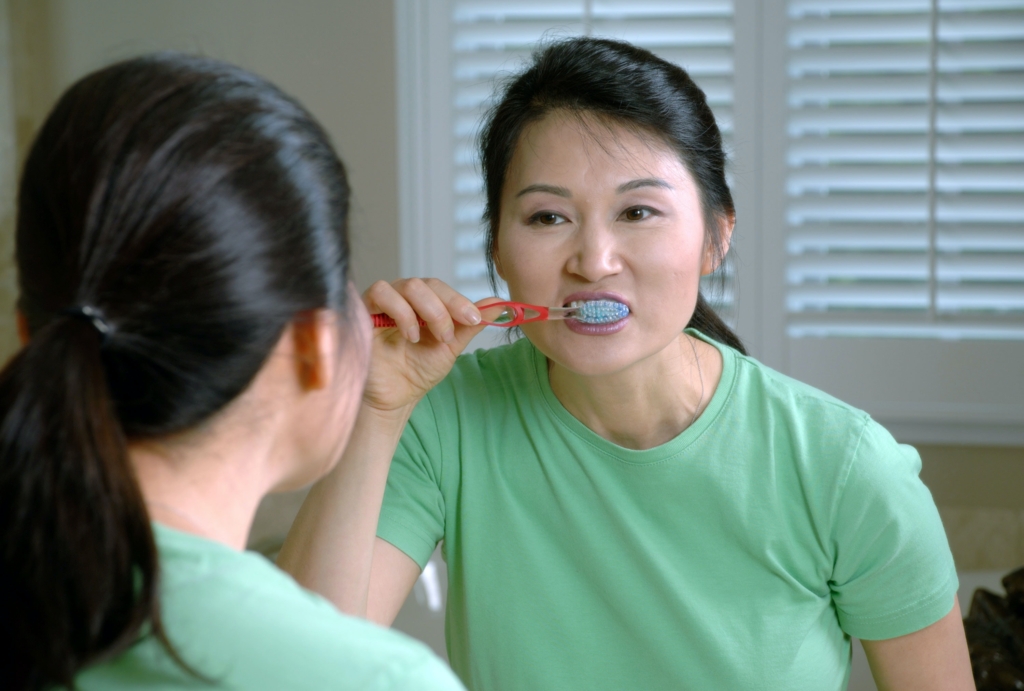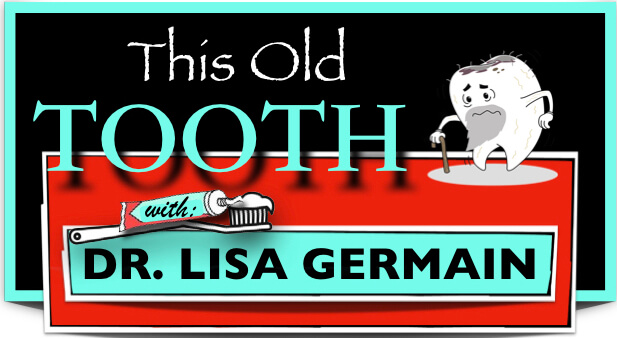Brushing Up on Brushing: How to Brush your Teeth

I heard an interesting statistic today. 4 billion people on the planet use a cell phone. But, only 2.5 billion use a toothbrush. Whaaaaaattttttt??? Okay, I am sure that we all have our priorities, but that is a bit extreme. This post is devoted to proper brushing techniques (how to brush your teeth properly). And, if you are one of the 1.5 billion cell phone users that do not use a toothbrush, send me a note, and I will mail you a toothbrush. No joke!
How to Brush Your Teeth Properly with Electric Toothbrush

First of all, I recommend investing in an electric toothbrush, if possible. Here is a list of some of the benefits:
- More efficient at removing plaque
- Has a built in timer
- Safe for your gums
- May hold your attention longer/fun for kids
- Smaller head can get into hard to reach places.
But, you can be just as effective if you use a handheld toothbrush. And, they are :
- More portable
- Less expensive
- Don’t have to be plugged in and charged to be used
- Easily replaceable
- Readily available even at convenience stores
Which is better for you? THE ONE YOU USE.
My father often used to say, ” I need to scrub my teeth….” Ouch. This is a gentle procedure and needs to be done with care. Your gums need to be stimulated, but not rubbed off!
So, here is how to brush:
- Pick a toothbrush that is the right size for your mouth.
- Look for a soft bristle brush that has multiple angles in the bristles if possible
- Use a toothpaste that contains fluoride. A pea sized amount is enough.
- Hold the brush at a 45 degree angle to your teeth and gums
- Gently brush all tooth surfaces (front, back, chewing) for two minutes. Use a light touch and a circular motion. Make about 10 small circles on each side of the tooth and then move on to the next tooth.
- Rinse your toothbrush and store it upright to air dry — and keep it out of range of the toilet, which can spray germs when flushing.
- Floss once per day before brushing. Brush twice per day.
- Replace your toothbrush or toothbrush head every three to four months and always after you are sick.
- Sometimes people have bleeding gums when they’ve gone too long between brushing and flossing, and the plaque really starts to build up. So long as you are gentle, brushing and flossing should not actually cause bleeding. If your gums continue to bleed, speak with your dentist!
RELATED BLOG POSTS AND PODCATS
–

